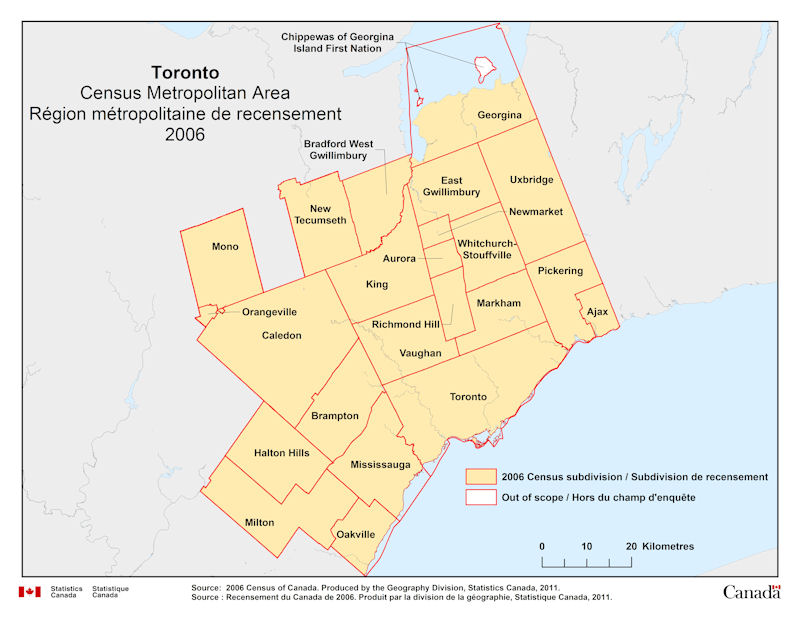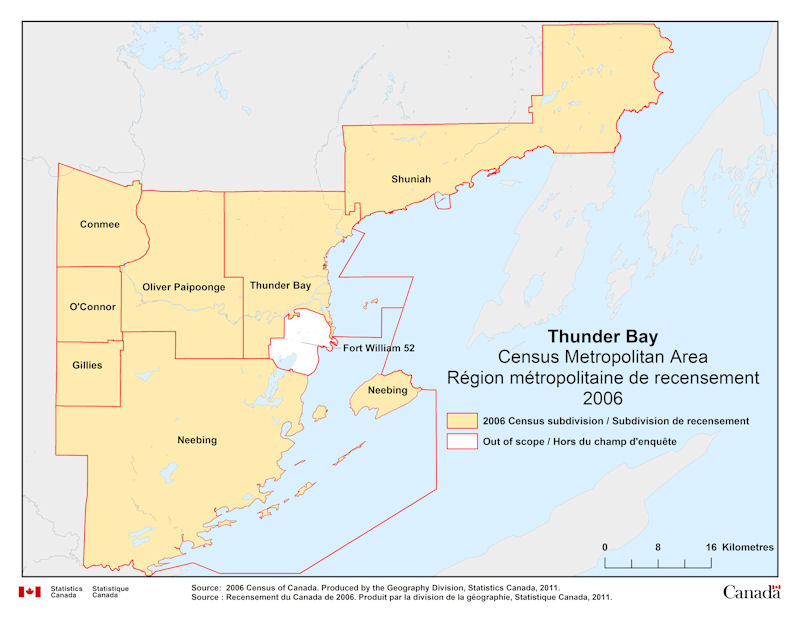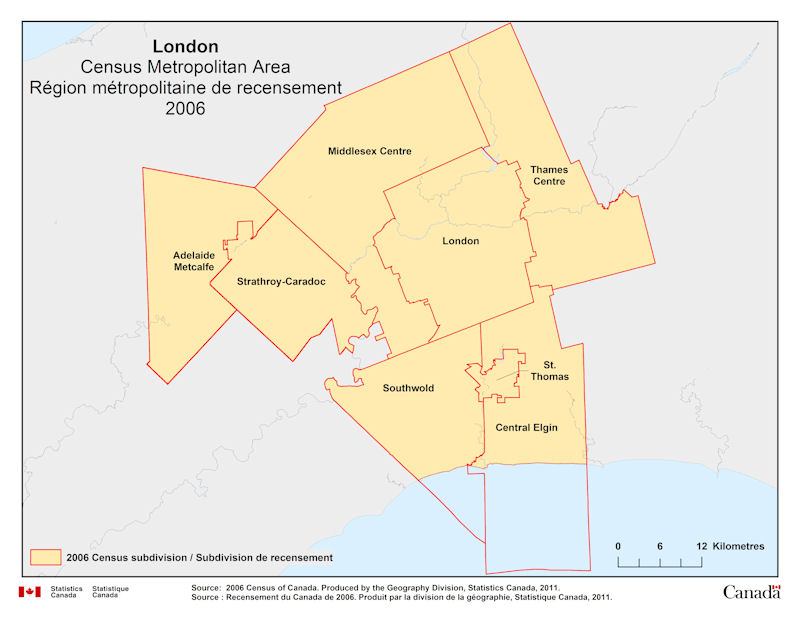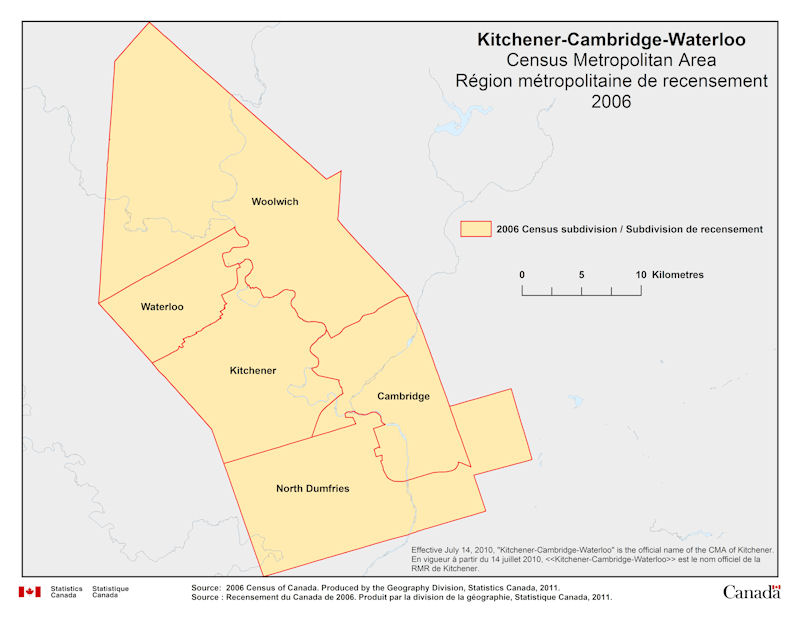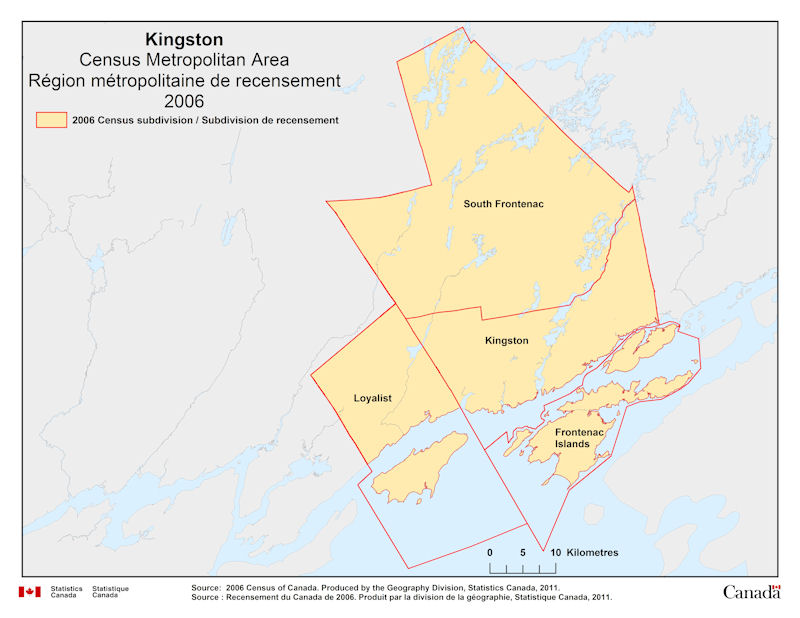Geographical map of 2006 Census Metropolitan Area of Winnipeg, Manitoba

Geographical map of 2006 Census Metropolitan Area of Winnipeg, Manitoba. The following Census subdivisions and Out of scope are listed within this region:
Census subdivisions: East St. Paul, Headingley, Macdonald, Ritchot, Rosser, Springfield, St. Clements, St. François Xavier, Taché, West St. Paul, Winnipeg.
Out of scope: Brokenhead 4.
Source: 2006 Census of Canada. Produced by the Geography Division, Statistics Canada, 2011.

